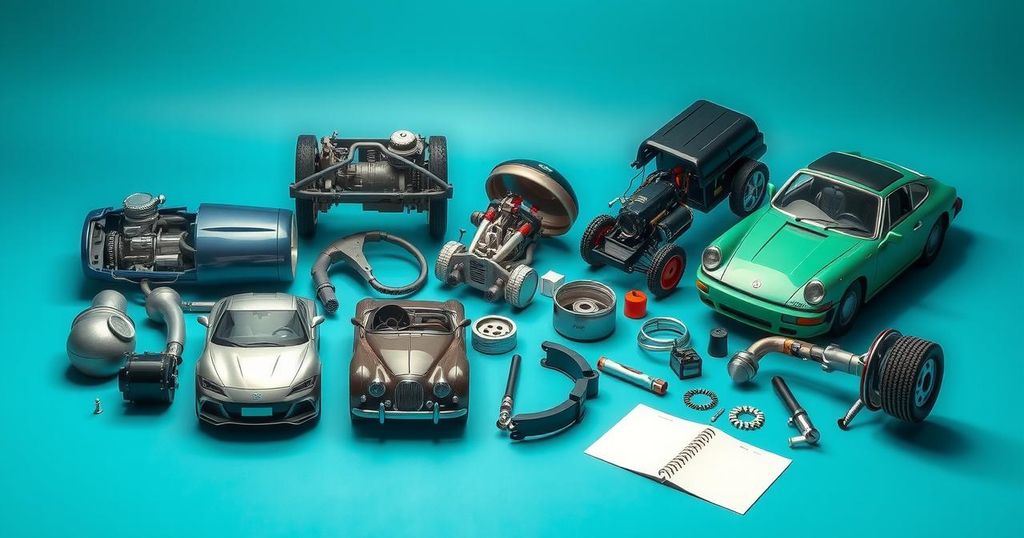India’s Consideration of U.S. Auto Tariffs and Trade Agreements
India is negotiating with the U.S. over proposed auto tariffs, primarily focusing on components rather than vehicles. Despite the discussions, U.S. parts may not compete well with local offerings. Efforts continue towards a Bilateral Trade Agreement, with the potential for duty cuts and a mutually beneficial relationship.
India is considering collaboration with the United States regarding the latter’s proposed 25% tariff on auto imports. Despite discussions, it is believed that expensive U.S.-made auto parts would struggle to compete with the pricing of Indian manufacturers, even if import duties were eliminated.
Recent negotiations between U.S. and Indian trade representatives have emphasized components rather than automobiles in the proposed Bilateral Trade Agreement. India is reportedly contemplating reducing duties on specific products it exports to the U.S., which are not significantly imported from that country.
India currently exports approximately $7 billion worth of auto parts to the U.S. each year, representing one-third of its total auto parts exports. In contrast, parts imported from the United States amount to around $1.5 billion annually. The Indian government is evaluating the implications of President Donald Trump’s new tariff on auto parts and vehicles.
Officials from both nations convened in New Delhi last week, and they appear to have reached a mutual agreement on the forthcoming steps toward establishing a comprehensive Bilateral Trade Agreement. The aim is to finalize an initial phase of this agreement by the fall of 2025, with specialized discussions commencing in the coming weeks.
The Automotive Component Manufacturers Association of India (ACMA) reports that the component industry’s growth reached 9.8%, totaling $74.1 billion for FY24. Domestic supply was valued at $62.4 billion, with the electric vehicle sector contributing around 6% of total production.
In summary, India is engaged in talks with the United States to address potential tariff implications on auto parts, while seeking to enhance trade relations through a Bilateral Trade Agreement. The productive discussions indicate a collaborative approach between both nations aiming to navigate import duties effectively and bolster their respective automotive industries.
Original Source: m.economictimes.com







Post Comment